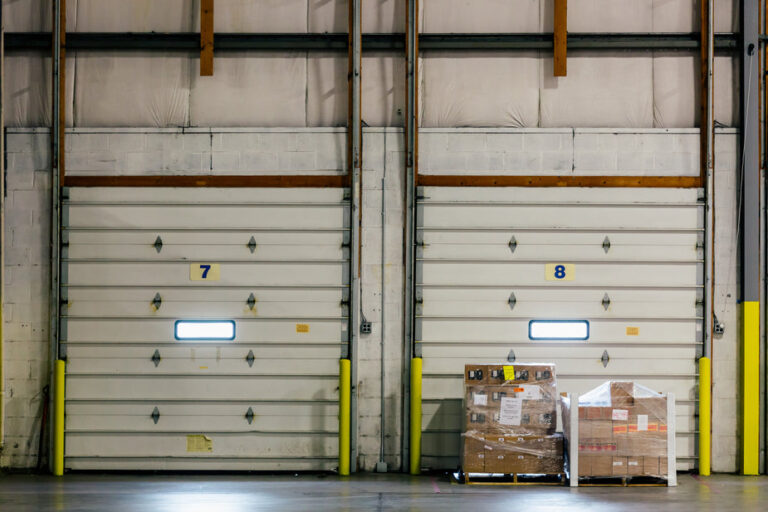Australians are spending billions on goods they can’t physically touch. From rare Fortnite skins to digital artworks and blockchain-based collectibles, virtual goods have become a cornerstone of the modern digital economy. As 2025 ushers in new regulations and mainstream acceptance, the financial implications of virtual goods have never been more significant.
What Are Virtual Goods? Beyond Gaming and Into the Mainstream
Virtual goods are digital items purchased and used in online environments. While most Australians first encountered them in gaming—think costumes, weapons, or character upgrades—virtual goods now encompass a wide range of assets:
- In-game items (skins, weapons, power-ups)
- Digital art and NFTs (non-fungible tokens)
- Virtual real estate in online worlds like Decentraland
- Music, videos, and other media with digital ownership
- Collectibles (sports moments, trading cards)
This explosion of digital assets is not just a trend. In 2024, Australians spent over $1.2 billion on virtual goods—a figure projected to grow by 20% in 2025 as new platforms and payment methods emerge.
Regulation and Tax: What’s New in 2025?
With the rise of digital assets, the Australian Taxation Office (ATO) and regulatory bodies have stepped up their oversight. In 2025, several key changes are reshaping how Australians buy, sell, and report virtual goods:
- New ATO Guidelines: Profits from trading virtual goods—whether NFTs, in-game items, or other digital assets—are now explicitly subject to capital gains tax (CGT). The ATO’s latest digital asset framework provides clear rules for individuals and businesses.
- AML/CTF Compliance: Virtual goods marketplaces must now comply with anti-money laundering and counter-terrorism financing (AML/CTF) regulations. This means stricter ID verification and transaction tracking.
- Consumer Protections: The Australian Competition and Consumer Commission (ACCC) has introduced new protections for buyers, including clearer refund and dispute mechanisms for digital purchases.
These changes are designed to foster trust and transparency—crucial as digital assets become more valuable and mainstream.
Financial Impact: How Virtual Goods Are Changing the Game
The economic impact of virtual goods goes beyond individual gamers or collectors. Here’s how digital assets are shaping Australia’s financial landscape in 2025:
- Investment Opportunities: Some Australians are treating rare NFTs or in-game assets as speculative investments, much like art or trading cards. Platforms now offer fractional ownership, making high-value virtual goods accessible to more people.
- New Business Models: Game studios, artists, and creators can monetise their work directly—selling digital assets to fans without intermediaries. This shift is spawning a wave of Aussie startups focused on digital marketplaces, asset verification, and virtual event hosting.
- Cross-Border Trade: Virtual goods are borderless, allowing Australians to buy, sell, and trade with anyone worldwide. However, this also means navigating currency conversion, local taxes, and international regulations.
Real-world example: In 2025, an Australian digital artist sold an NFT collection for over $500,000 AUD, with secondary trades generating royalties thanks to smart contract technology. Meanwhile, esports players are earning a living by selling rare in-game items and skins to fans globally.
Risks and Considerations: What to Watch in 2025
While the potential rewards are high, virtual goods also carry unique risks:
- Volatility: The value of digital assets can swing wildly, especially for NFTs and in-game collectibles linked to hype cycles.
- Security: Hackers target digital wallets and platforms, and lost access can mean lost assets—there’s no “forgot my password” for some blockchains.
- Legal Grey Areas: As regulations evolve, some virtual goods may fall into untested legal territory—especially if used for gambling or as quasi-financial instruments.
- Environmental Impact: While many platforms now use eco-friendly blockchains, some NFT and digital asset systems still face criticism for high energy usage.
Staying informed and using reputable platforms is key to managing these risks.
The Future: What’s Next for Virtual Goods in Australia?
Looking ahead, expect further integration of virtual goods into everyday finance. Banks are experimenting with digital asset custody, and super funds are exploring tokenised investments. As Australia’s regulatory framework matures, virtual goods could become a standard part of investment portfolios and business models across the country.
Whether you’re a gamer, collector, investor, or entrepreneur, understanding the evolving world of virtual goods will be crucial to navigating Australia’s digital financial future.


